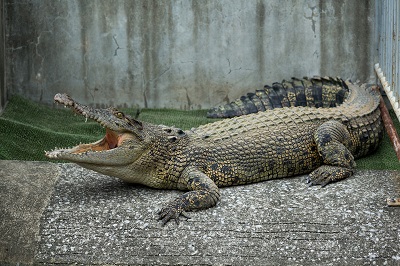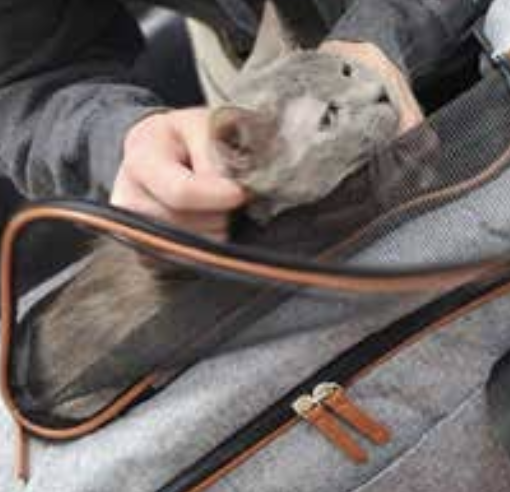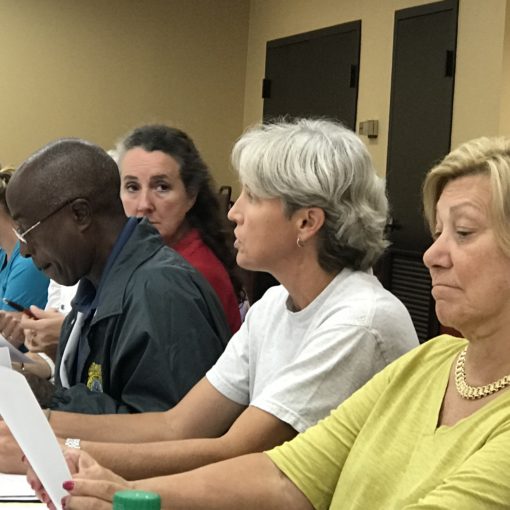By Ellie Whitcomb Payne
Could more alligator sightings in the Lowcountry actually mean fewer of the reptiles living in our midst? A look at “nuisance” gators and their prevalence as the tricounty area population grows.
A steady increase in alligator reports over the last several years shows more Lowcountry residents are running into problems living in close proximity with the prehistoric creatures. SCDNR distinguishes problem gators as either a nuisance or an emergency. With the latter, the alligator poses a true threat and an agent will be dispatched for swift removal. A nuisance alligator is an unwelcomed neighbor; one who’s regular appearance makes people uncomfortable or fearful for pets and children. These gators could be seen as a threat, but need not demonstrate aggressive behavior as a cause for removal. Nuisance gators are usually killed.
Jay Butfiloski, Furbearer and Alligator Program Coordinator with South Carolina Department of Natural Resources (SCDNR), says the choice to euthanize an alligator depends on the situation. “Many times, just speaking with a caller will help to alleviate any concerns,” he says. But if the property owner or group (such as an HOA) still wants the animal removed, a $10 nuisance permit will be issued. Euthanasia is often the solution because a gator can only be moved within its home range and where the property owner has jurisdiction. Says Butfiloski, alligators will often try to return home if moved, taking a direct route and potentially becoming even more of an issue.
In 2016, 562 alligator complaints were called in to SCDNR from Charleston County alone. According to records, that number jumped up from 400 in 2015 with increased complaints in Berkeley and Dorchester Counties as well. As a solution, South Carolina implemented alligator hunting in 2008 to control the population and keep the number of nuisance gators down. Hunting season opens September 9th and is controlled with permits, which cost $100 each. Complaints dwarf the amount of alligators harvested through hunting.
Population Boom
In the 1960s, Regulators classified the American alligator as endangered, but the population recovered and now an estimated 100,000 or more live in the state. The reptile is now considered a threatened species not because of population concerns, but because of it similarity in appearance to other protected crocodilians worldwide, according to SCDNR. Simply look around and you can see the gators adapting to life alongside humans, finding homes in retention ponds, golf course water hazards and drainage pipes.
“It is amazing how many gators are taken because of the nuisance act,” says Ron Russell of Gator Getters Consultants, a 25-year professional in the alligator business. “I fear it could hurt the population. I used to get 250-300 calls a year. Last year, I got only about 150.”
It’s hard to say what the numbers might mean, but it is less likely that there are actually more gators in our area, and more probably that with Charleston’s population rapidly growing, there are now more people who feel uncomfortable with the creatures. This could explain why the more densely populated Charleston County lists a higher number of complaints than Berkeley or Dorchester Counties, which have more fresh water, the preferred alligator habitat.
Leave ’Em Be
Aside from reptile removal, Russell also works with people to test the behavior of an alligator. “In my book, a gator is only a nuisance when someone starts to feed it,” he says, noting it is illegal to harass or feed alligators. If a homeowner has a concern about a gator’s presence, the consultants can go out to see if the animal reacts appropriately. Usually, the reptile is shy and will go into water when approached—and if it leaves you alone, Russell believes it should be left alone, too. A fed gator, however, will act aggressively and even charge a human.
Experts are still unsure how the increase in nuisance gator reports might be affecting the alligator population, but a 35-year study conducted by Clemson University and Tom Yawkey Wildlife Center is expected to shed some light on how many alligators actually do live in the state. The researchers already released fascinating discoveries on the life cycle of alligators, and the study is expected to conclude at the end of summer.
Lowcountry Alligators Make National Headlines
A common sight for locals, the national media sees our Lowcountry gators as sensational news. ABC News, and other outlets, reported in March a “massive” gator appearance at a Kiawah golf tournament. The alligator was said to be taking a stroll directly towards a group of players. One month earlier, the Mt. Pleasant “porch gator” made headlines with agencies such as Fox News and USA Today. In May, comic strip Mark Trail, written by James Allen, featured Hanahan’s unique “orange gator” which has captured much attention on social media. (Click here to see the “porch gator” video.)





